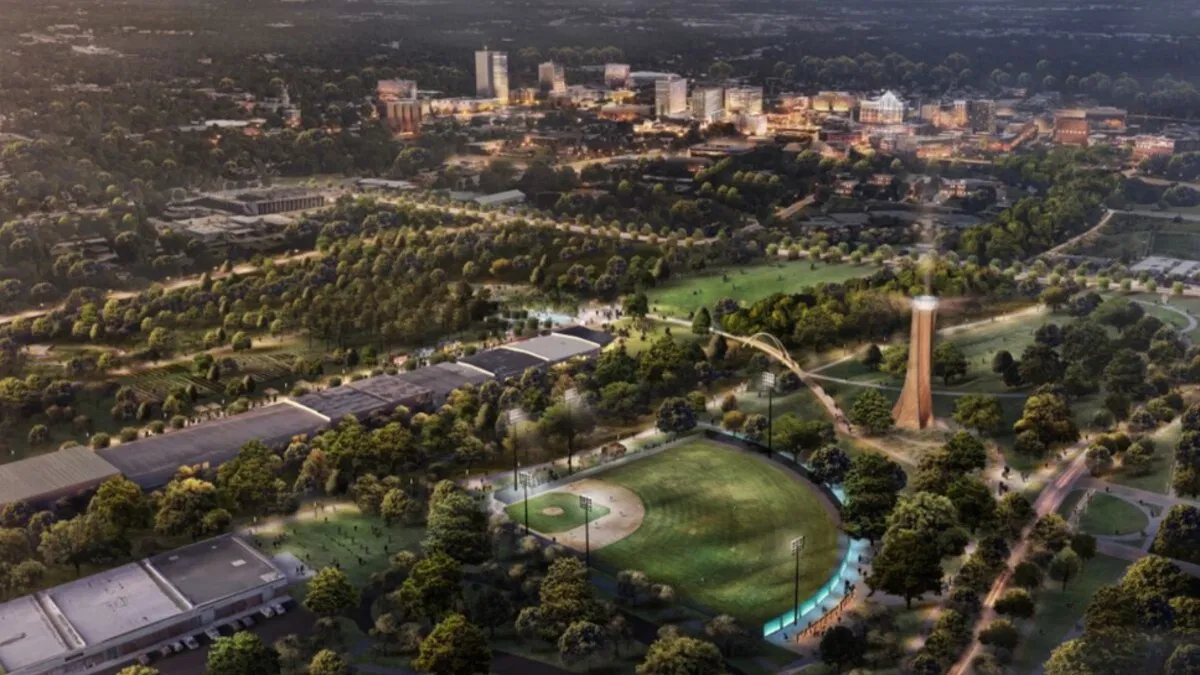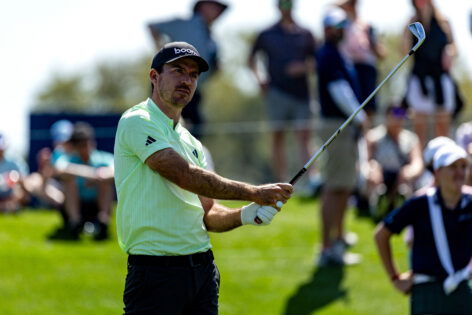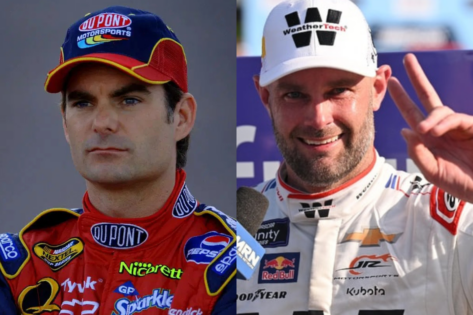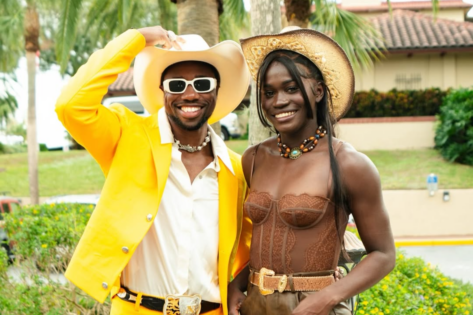It’s spring; the grass is greener, and the crack of the bat is back in the air. But in Greenville, South Carolina, this season comes with a much deeper meaning. One that digs into the history of baseball and brings it to light.
Mulberry Park was once a lively area for the Greenville Black Spinners. It was an all-African-American baseball team from the 1920s. And now the park is getting a much-needed facelift. It is tucked away in the Unity Park Area, and now with the help from Greenville Drive, it will be rebuilt.
Mayberry Park, after all, deserves this, because it’s not just a field. It is a symbol. One that once stood for a community that was shunned from so many different places. The park was created during segregation, and it was one of the very few places where men of color in the area were allowed to play. Because in others, they were not.
Now, a century later, the city is bringing Mayberry back. Not just to remember but to reclaim. And this place has a rich history. Let’s take it back, way back. In the days when America’s pastime was anything but inclusive, Greenville had its own thriving African American world of baseball. The city, meanwhile, wasn’t home to just one team.
They had a ton of them from the Greenville Black Spinners, the Greenville Negro Red Socks, the St. Anthony Braves, and the Greenville Negro All-Stars. They were all connected not just by sport but by their community and the dignity they all fought for.
Manning Kingfish Clark, a local businessman, co-founded the Black Spinners with Mark Durgam in the 1920s. It was not for fame. It was to give African American athletes an opportunity—a powerful one. The same motto lived on through the Sterling High Tigers, the baseball team of Greenville’s first African American public school. This became a launching pad for players who could go on and make it in the local minor leagues.
Rico Dawson, for example, was a shortstop for the Tigers and even played for the Indianapolis Clowns. One cannot forget Thomas Hallums, also known as Big Thomas, who played for Sterling and the Black Spinners before being drafted by the New York Mets in the 1970s. They weren’t just playing; they were changing the course of history. They were legends in the making.
Greenville’s park restoration isn’t just a project
But the million-dollar question is—why does the restoration even matter now? Well, it’s because history has a way of getting lost. Especially when it comes to African American history. And for years, rather decades, the merits of players like Clark, Dawson, and Hallums remained hidden in the shadows. But not any longer. Things are changing. In January, all three mentioned players were posthumously inducted into the Greenville Baseball Hall of Fame. The first African American members were ever honored. And might everyone say—it was about time.
Mike Chibbaro, a local historian and author who also chairs the Hall of Fame steering committee, was all for this honor. “They are individuals who made significant contributions to the game of baseball and the community. But because of segregation, their accomplishments had long been overlooked and not well known.”
Chibbaro’s book, Voices from Meadowbrook Park, tells a deeper story. The tales that highlight the perseverance. Of the teams who played at Meadowbrook Park. Then, the African American players were allowed to be on the field only on certain days. The rules were different for them; they couldn’t use locker rooms. Fans had to line up at different restrooms too. There is history, but now that narrative is changing.
In 2020, Unity Park was built on the land that once held the Mayberry and Meadowbrook Parks. Now the city is restoring Mayberry itself as a Little League field. It’s a huge tribute and a huge honor for the African American community, as this is an acknowledgment of what happened before.
The ribbon cutting is set for August 28. And it’s surely not going to be just a day of fresh turf and painted dugouts, but a day of recognition.
The post Greenville Revives Historic Baseball Park That Helped Shape America’s Journey Towards Inclusion appeared first on EssentiallySports.



